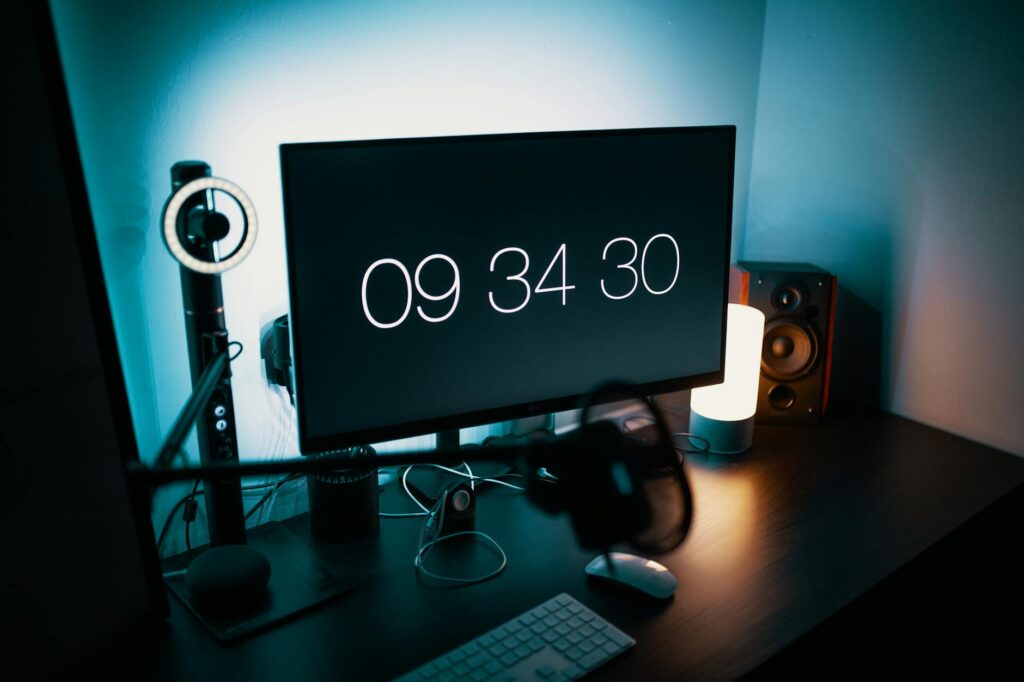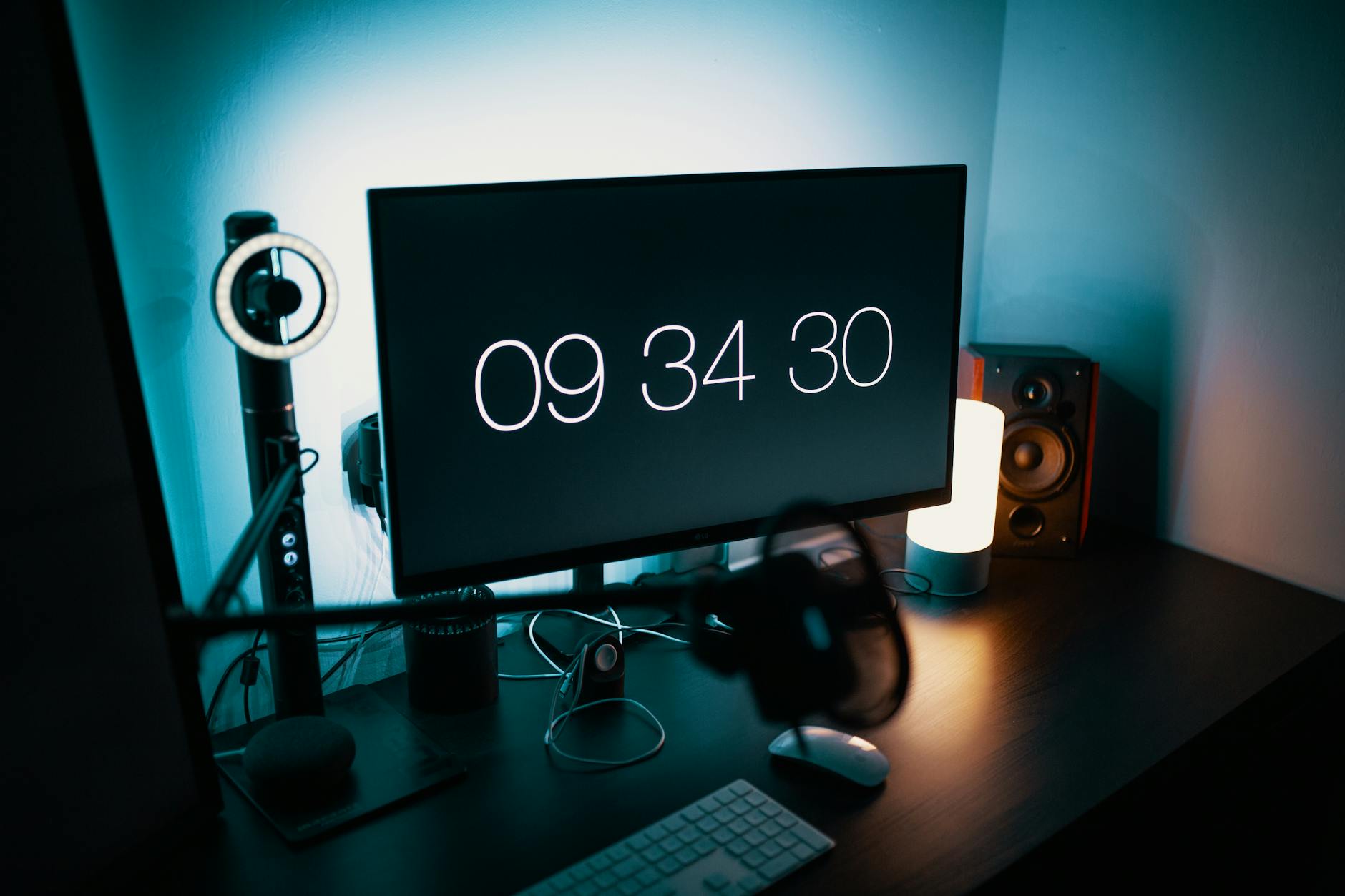What is screen habit change?

What is screen habit change?
In a world increasingly dominated by screens, the concept of screen habit change has emerged as a crucial aspect of personal well-being and productivity. As we navigate our daily lives filled with smartphones, computers, and televisions, understanding how to modify our screen habits can significantly impact our overall quality of life. Screen habit change isn’t just about reducing screen time; it’s about creating a healthier relationship with technology.
Understanding Screen Habit Change
Screen habit change refers to the conscious effort to adjust how, when, and why we use screens. In today’s digital age, where screen time is often linked to productivity, relaxation, and even social interaction, understanding and modifying these habits is essential. The necessity for change arises from the potentially harmful effects of excessive screen usage, which can lead to various physical, mental, and emotional challenges.
The Impact of Screen Time on Daily Life
Excessive screen time is more than just a minor inconvenience; it can disrupt our productivity and mental health. Research shows that excessive screen usage is correlated with increased anxiety and depression, alongside cognitive issues like impaired executive functioning. In children, it can stunt social and emotional growth. For adults, it leads to physical ailments such as insomnia, eye strain, and chronic pain from poor posture.
Consider this: how often do you find yourself mindlessly scrolling through social media or binge-watching shows instead of engaging in other meaningful activities? This habitual overuse can hinder our ability to focus on tasks, diminish our sleep quality, and strain personal relationships. It’s no wonder that experts advocate for more mindful screen habits. For further insights on the effects of excessive screen time, check out this article from NCBI.
Signs You Need to Change Your Screen Habits
How do you know when it’s time for a change? Here are some common indicators:
- Increased Fatigue: If you feel drained after a day filled with screen time, it might be time to reassess your habits.
- Decreased Productivity: Are you finding it hard to concentrate on tasks? If distractions lead to procrastination, your screen usage could be the culprit.
- Social Isolation: If you notice that you’re spending more time online than with friends or family, this could signal an unhealthy screen habit.
- Physical Symptoms: Experiencing headaches, back pain, or eye strain can all be signs of excessive screen use.
Recognizing these signs is the first step toward better screen habits.
Strategies for Implementing Screen Habit Change
Now that you understand the importance of screen habit change, how do you implement it? Here are some practical strategies to help you modify your screen habits effectively.
Setting Specific Goals
Creating measurable and achievable goals regarding your screen time can lead to meaningful change. For instance, instead of saying, “I want to spend less time on my phone,” you could aim for “I will limit my social media use to 30 minutes a day.” Utilizing the SMART criteria—Specific, Measurable, Achievable, Relevant, Time-bound—can make your objectives clearer and more attainable.
Utilizing Technology to Enforce Limits
Ironically, technology can aid in reducing screen time. There are numerous apps available designed to help you track and limit your usage. Tools like “Forest,” which encourages you to stay off your phone while you grow a virtual tree, can be both fun and effective. Additionally, settings on your devices can allow you to set time limits on apps, nudging you toward healthier habits. For more tips, consider reviewing this resource on strategies to reduce screen time.

Photo by Josh Sorenson
Building Sustainable Screen Habits
Changing habits isn’t just about making a quick fix; it’s about building sustainable practices that lead to lasting change. Here are some strategies to do just that.
Creating a Balanced Digital Diet
Just as we strive for a balanced diet in food, we should aim for a balanced digital diet. This includes a mix of productive work, leisure activities, and offline engagements. Consider setting aside specific times for work-related screen time and leisure activities, ensuring you also dedicate hours to offline hobbies or social interactions. A balanced approach can help mitigate the negative effects of prolonged screen usage.
Mindfulness and Reflection
Incorporating mindfulness into your daily routine can heighten your awareness of screen use and its impact on your life. Before reaching for your device, take a moment to ask yourself why you’re doing it. Are you bored, anxious, or genuinely interested in connecting with someone? Reflection can help you understand your motives and lead to healthier choices. Practicing mindfulness can also help you appreciate moments spent offline, fostering a more balanced lifestyle.
Conclusion and Call to Action
Screen habit change is essential for enhancing productivity and promoting overall well-being in our digital lives. By understanding the impact of screen time, identifying signs that signify a need for change, and implementing effective strategies, you can foster healthier habits.
Are you ready to take the plunge? Start by assessing your current screen habits and setting clear goals. Remember, it’s not about eliminating screens altogether but about finding a harmonious balance that enriches your life. Take actionable steps today to create a healthier relationship with technology, paving the way for a more fulfilling life.